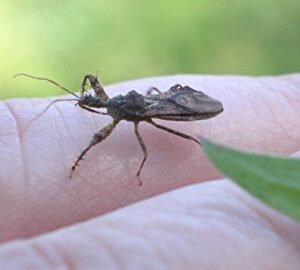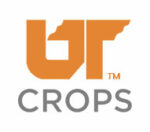LINKS
Assassin Bugs
Scott Stewart (University of Tennessee) and Blake Layton (Mississippi State University), Department of Entomology and Plant Pathology
Assassin Bugs

These insects are a primarily predatory group of Hemiptera (“true bugs”) belonging to the family Reduviidae. Some representative members of this family include thread-legged bugs, ambush bugs and the wheel bug. Although they are seldom present in large numbers, several species can be important predators of caterpillar pests found in many crops. Wheel bugs can grow to a size of 1½ inches in length. Assassin bugs are highly susceptible to insecticides, and thus, are more common in fields that have not been sprayed for pests. Scouts should be aware that assassin bugs can deliver a painful bite.
Description:
The most common species of assassin bugs found in row crops (e.g., Zelus species) are 1/2 – 3/4 inch long and have an elongate head which is often cocked slightly upward. A long beak originates from the front of the head and curves under the body. Most range in color from light brownish-green to dark brown. Cylindrical brown eggs are periodically laid in clusters by adult females. Nymphs are wingless and smaller than adults but otherwise similar in appearance. Assassin bugs can be easily confused with damsel bugs, but damsel bugs are usually smaller.
Prey (Hosts):
Assassin bugs are generalist predators that may feed on caterpillar eggs and larvae, plant bugs, and other pest and beneficial insects. Bigger species can tackle the largest insect pests found in cotton and other crops.







